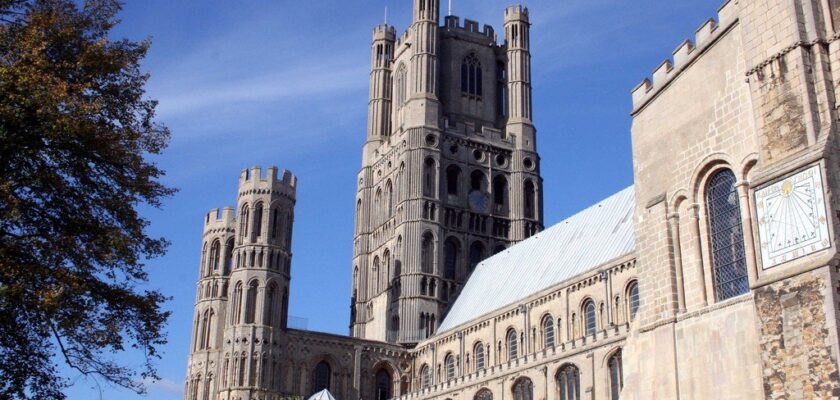Ely Cathedral
Ely Cathedral is the cathedral in the city of Ely, possibly the most imposing in England. Construction of the cathedral lasted almost three hundred years, from 1083 to 1375. On flat ground, Ely Cathedral can be seen from miles away, and has been nicknamed the Ship of the Fens – and the nickname is extremely fitting. Even before that, in 673, St. Etheldreda founded a Benedictine monastery here, in the middle of the marshy wasteland, and 200 years later the monastery was sacked and destroyed by the Danes. The new cathedral became the center of resistance of Herewald de Veja to the Normans. In 1083, after the Norman conquest, Abbot Simeon began construction of a masterpiece of Romanesque architecture – the very cathedral we still admire today.
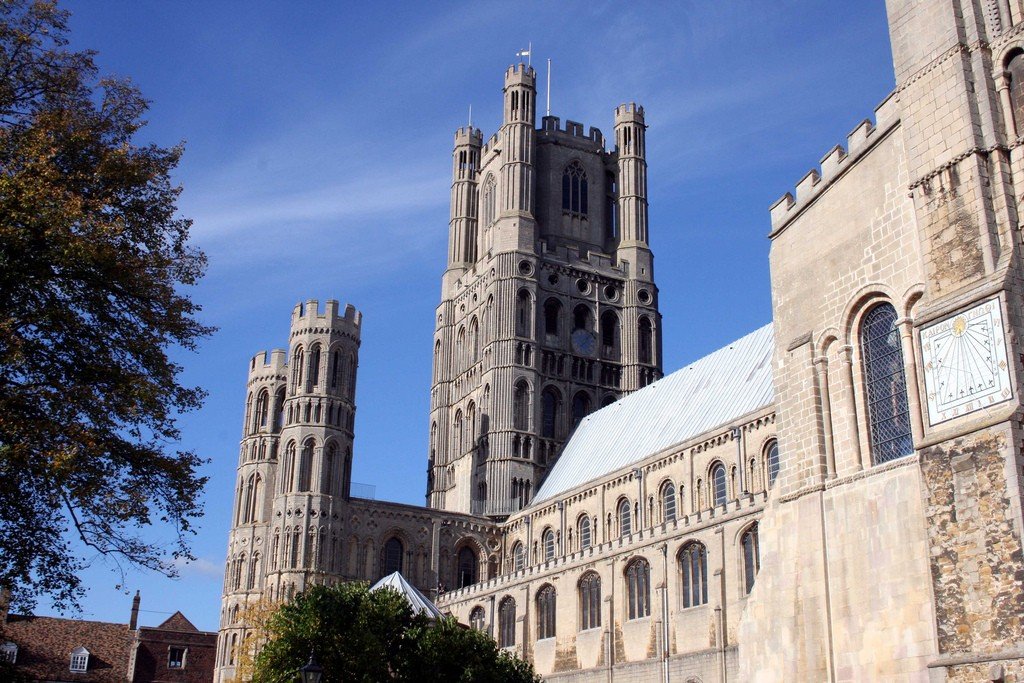
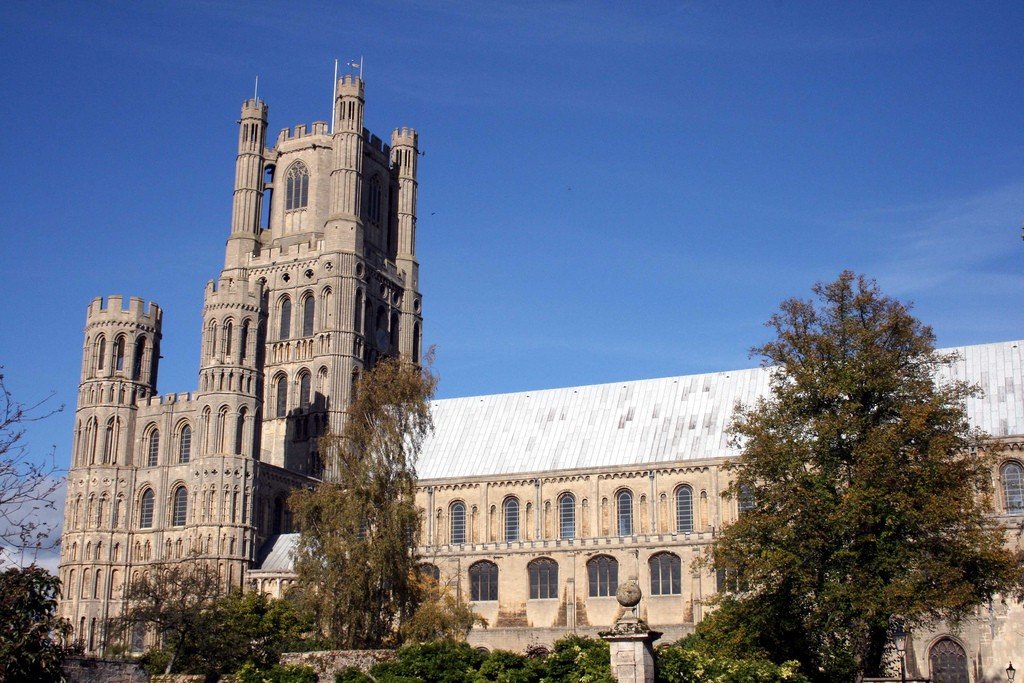
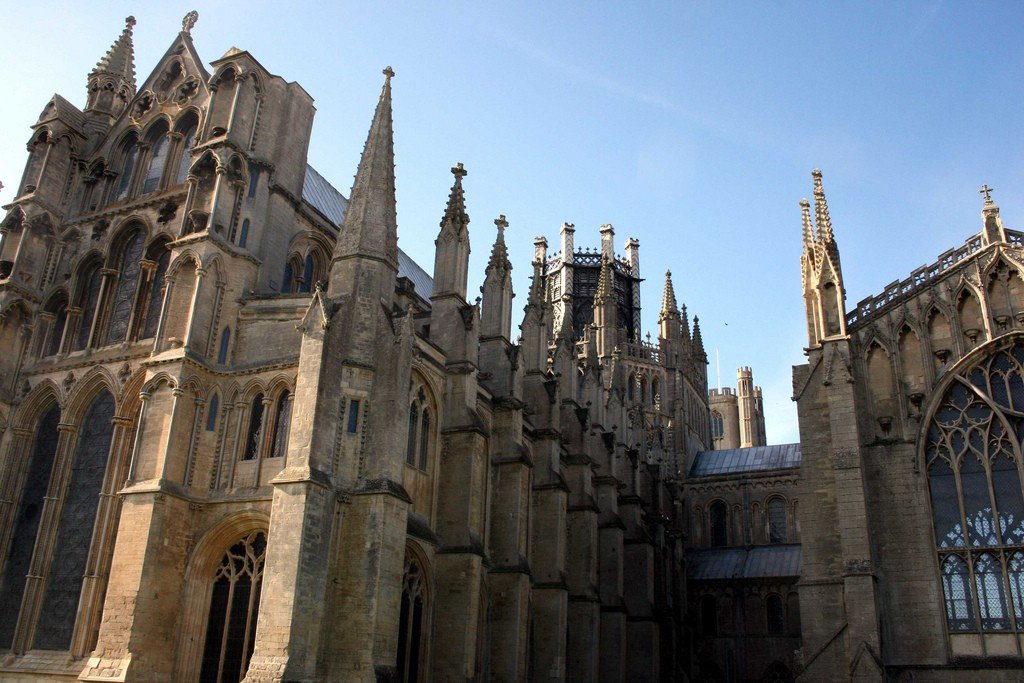
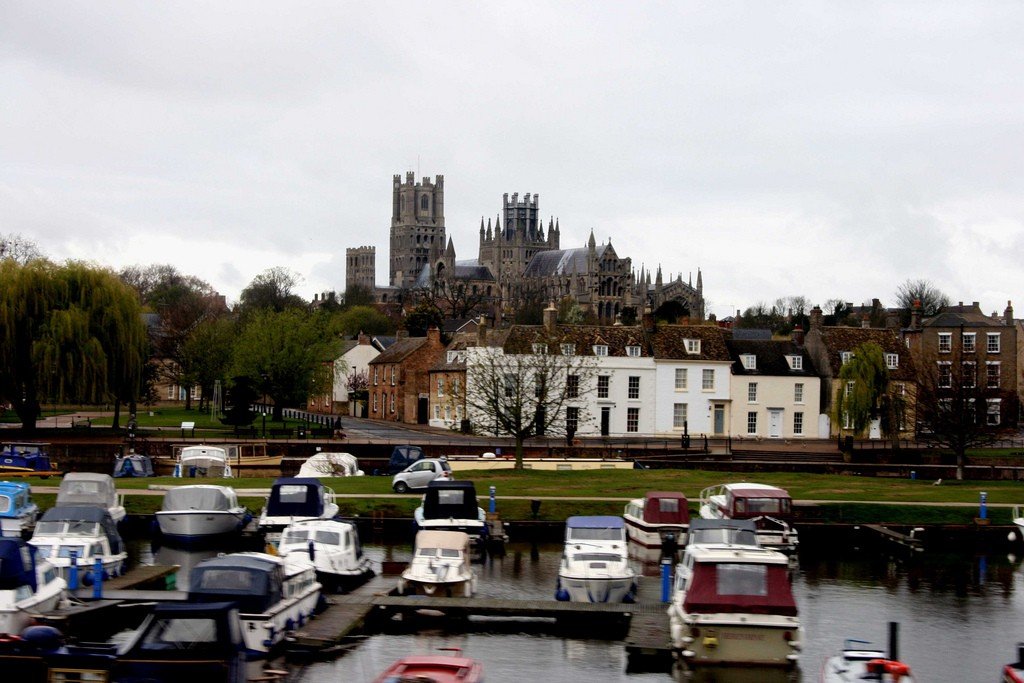
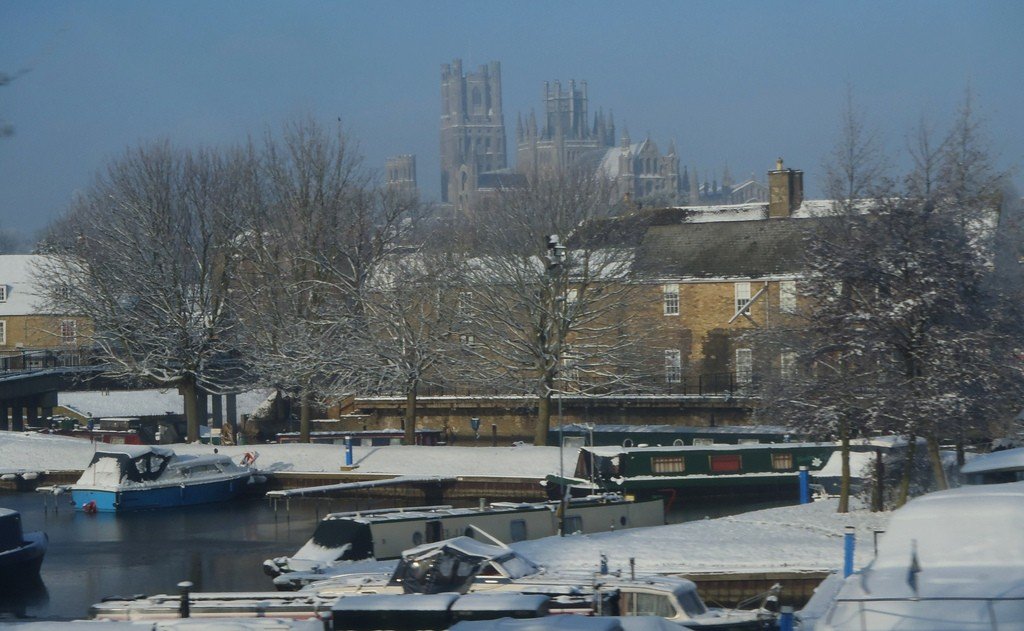
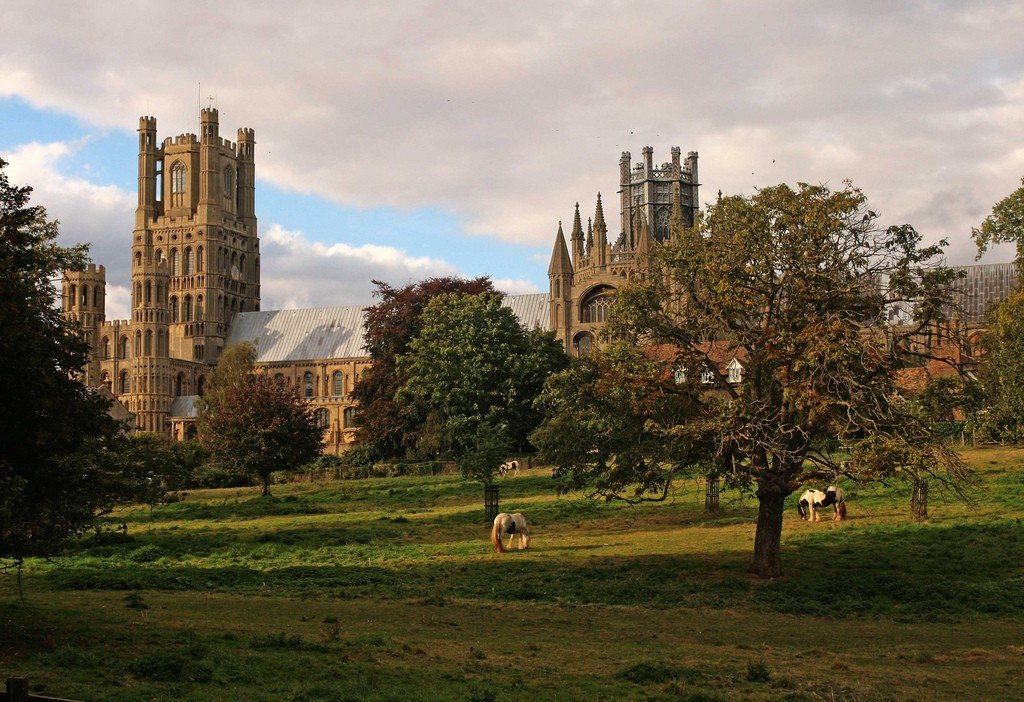
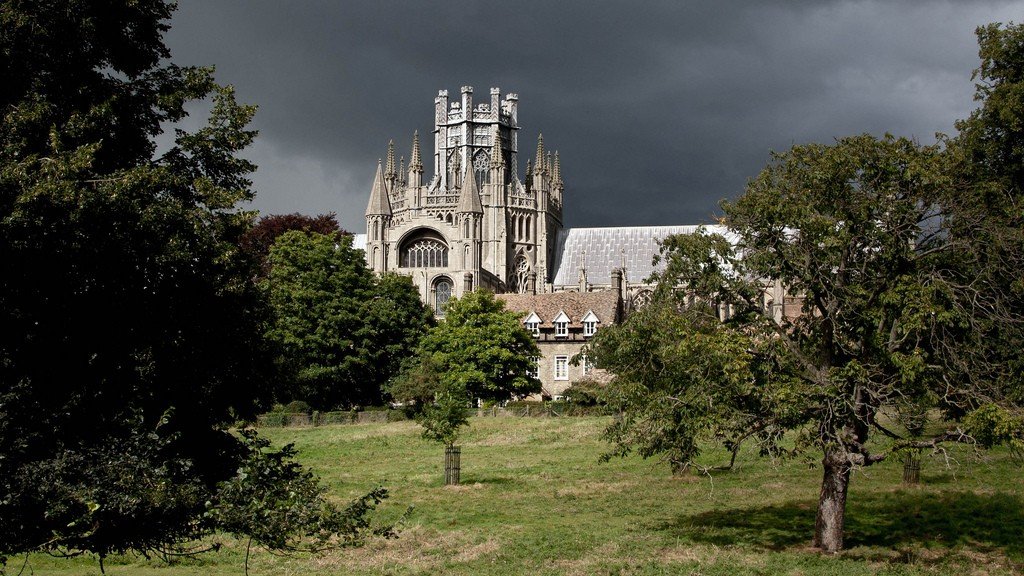
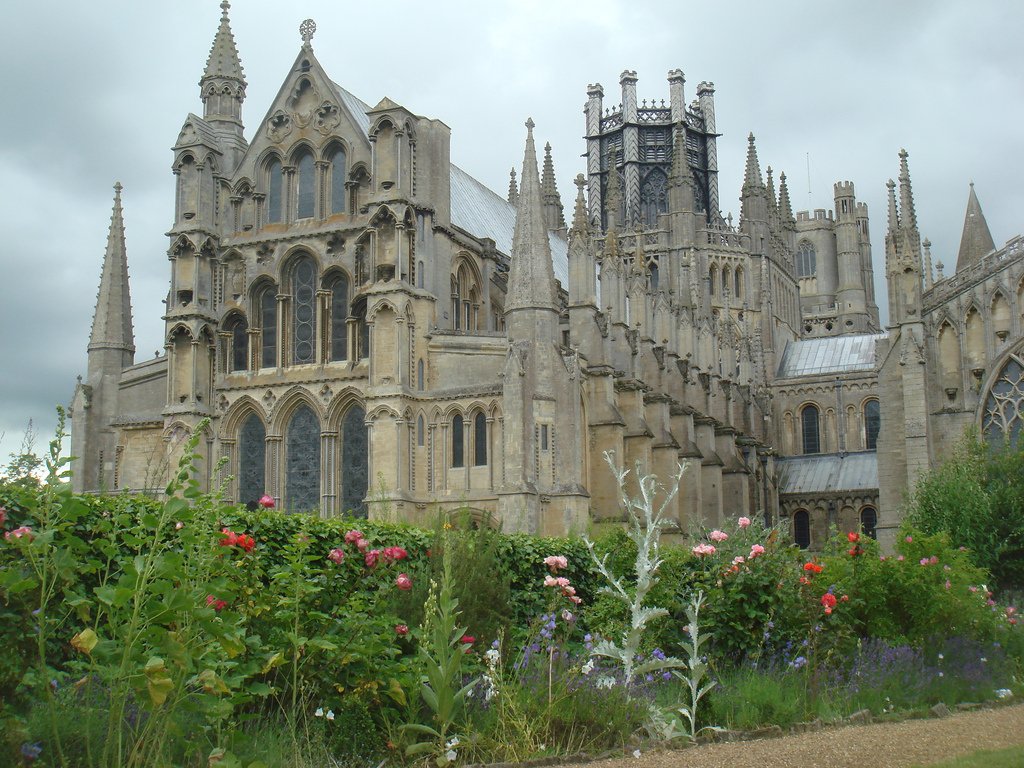
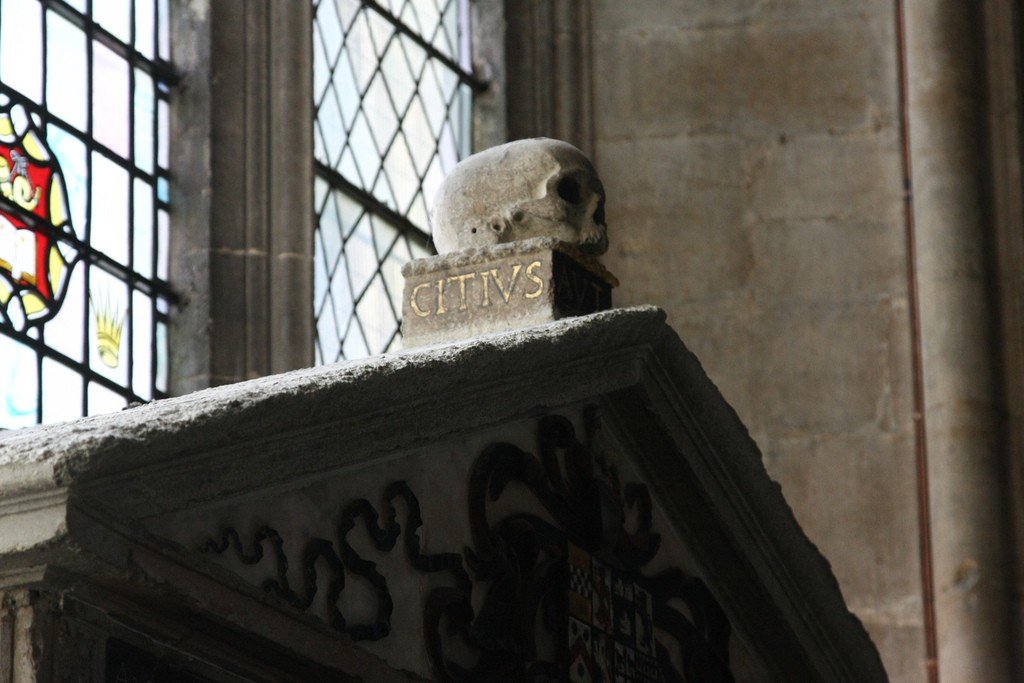
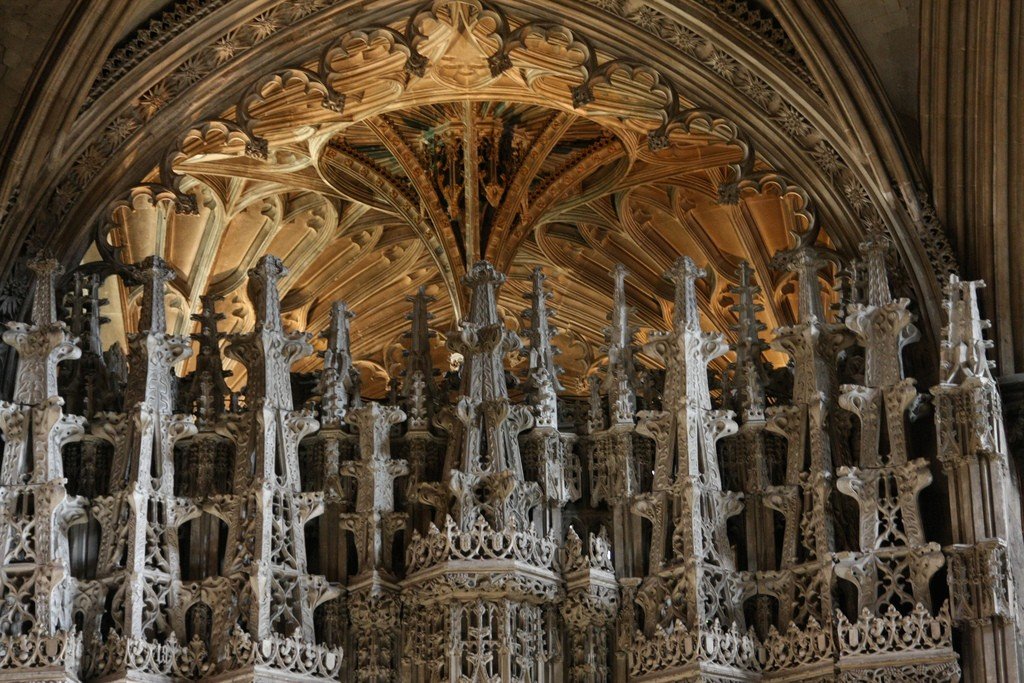
General information
As you enter the cathedral, you can see a very long nave with strict Romanesque arches, and in the center of the building is the unique octagonal Lantern Tower, built by Alan de Walsingham in 1322 to replace the collapsed central tower. Wood from the tallest oak trees in England was used to support the 400 tons of glass and lead that make up the central stained glass window. The painting of the cathedral ceiling is interesting. The Chapel of the Blessed Virgin, built at the same time, features a marvelous vaulted ceiling with carvings, although during the Reformation and the English Republic most of the decorations and statues that vandals could reach were destroyed. The choirs are also interesting. When the central tower collapsed, it fell on the choirs, and three spans had to be rebuilt at the same time as the octagonal tower, and they contrast spectacularly with the much more modest Early English style of the remainder. Both the door of the Prior and the door of the monks are decorated with splendid Romanesque sculptures. There is so much to see in this marvelous building that it is well worth deviating from the itinerary specifically to see the cathedral at Ely.
.